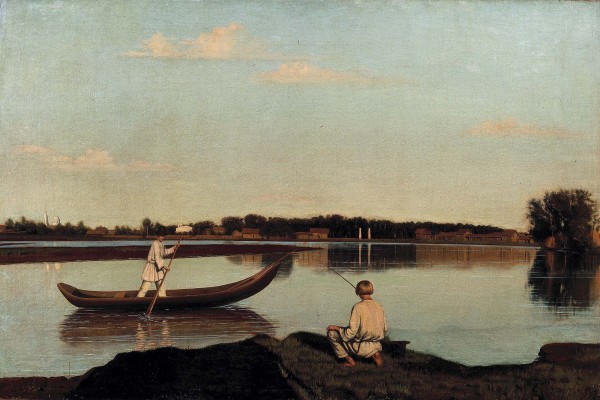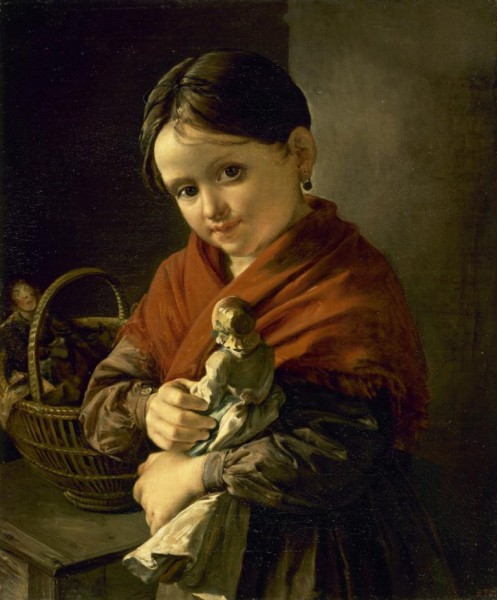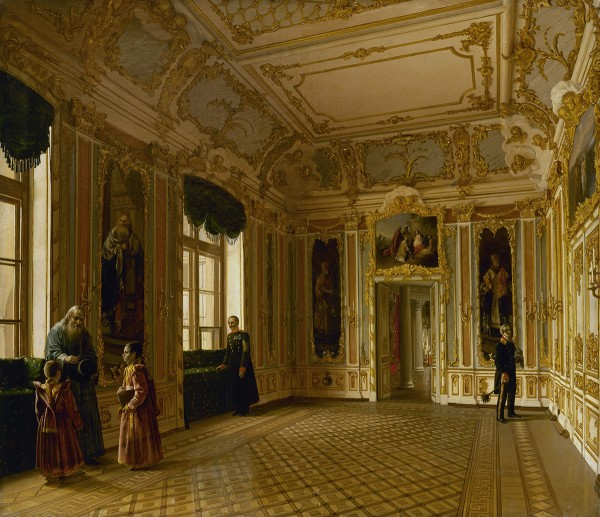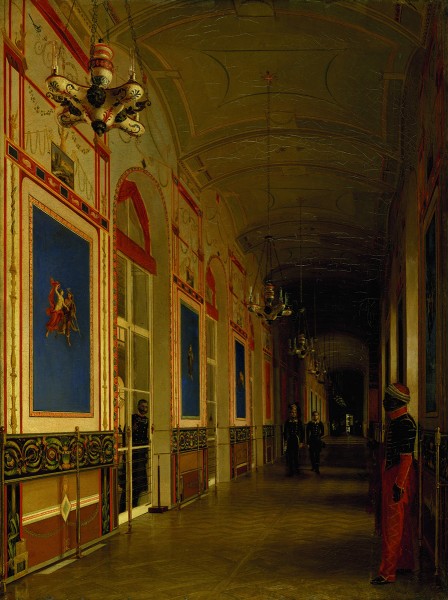The artist is forty

The picture was painted in the village of Spasskoye Kozlovsky district of the Tambov province (now Staroyryevsky district of the Tambov region), which belonged to the nobles Lepukhin. Mother n. P. Milyukova – Praskovya Vasilievna (nee. Lepikhina). Probably, to write the native places of the mother of the landowner, the artist was transported to the Tambov province.
"Fishermen" – The most penetrating landscape of forty, an amazingly accurate and at the same time generalized image of Russian nature. The picture is filled with silence and the peace of a summer evening, when the heat is already falling, and the night fog does not rise above the water. The air is transparent, the sunset sun illuminates everything with a slightly pink light. In the wide surface of the lake, the buildings of the far shore and a sliding boat, which is ruled by a peasant boy, are reflected. The Russian Museum. From the icon to the present. 2005. With. 163.
+ About the restoration of the work
– Hide the text about restoration
The state of safety before restoration:
The picture entered the Russian Museum in 1929 from the Tver Museum.
The archive of the Russian Museum contains information about the previous restoration of 1930. It says that “the picture was washed, the varnish was removed, lost places are restored, edges are made”. Over the past 92 years, an old subframe with rough wood processing, with knots, cracks and chips has become unusable and needs to be replaced. The old dubbing edges were dry, began to lag behind the narrow copyright edges and poorly hold the picture on the subframe. The edges of the mesh craquelure rose dangerous.
On the right and left along the edges on the front side, the wedge -shaped inserts of old restoration soil appeared. It can be assumed that the author’s subframe when creating the landscape was distorted, and during restoration in 1930 this skew was corrected in this way. These inserts were recorded by the textured layer of paint, which differed from author’s painting.
Covering varnish in the picture very hard and distorted the author’s flavor. After conducting technical and technological studies, it was found that a significant thickness of the lacquer film has numerous small scuffs, multi-time recordings for craquelure and point knitting. Records are wider than loss.
Complex of the events:
A double strengthening of a colorful layer was carried out, which made it possible to lay the craquelure well. The old dubbing edges were replaced by new. The picture is stretched on a new subframe of an enhanced design – with a cross. The layer of layering of old varnish, removal of records and rough mastications on the right and left along the edges was carried out.
After bringing the restoration soil to the places of loss of the colorful layer, the loss of the loss of painting in compliance with the author’s technique and the manner of writing was completed. The picture is covered with a restoration layer of dammar varnish.
The most difficult and painstaking task was to delicately add scuffs, which were especially a lot on the image of the sky along the horizon, where the scuffs were distinguished by dark foreign spots or stripes due to the transmission of the sore (red-brown) soil, which violated the color integrity of the image and the air prospect of the painting. After restoration, the landscape appeared in his splendor with all the subtle painting nuances.
Keeping a story. Restoration workshop of the Russian Museum – 100 years. SPb, 2022. With. 114-115.


